From Pafos, Cyprus
 Saturday, October 7, 2017 at 10:11PM
Saturday, October 7, 2017 at 10:11PM Travellers from Australia: artists in Pafos opened in the Palia Iliktriki or Old Powerhouse
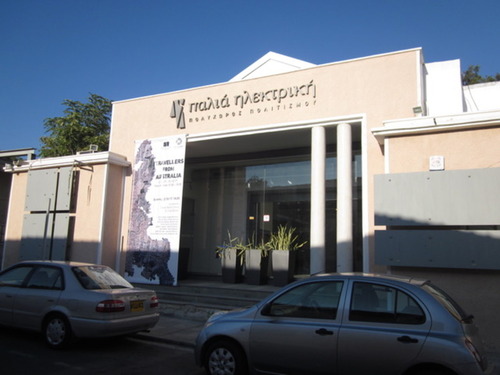 in Pafos in western Cyprus on Monday 2 October, a project for the Pafos 2017 European Capital of Culture.
in Pafos in western Cyprus on Monday 2 October, a project for the Pafos 2017 European Capital of Culture.
I’ve been curating this with archaeologist Craig Barker from University of Sydney Museums over the last year. Craig is also Director of the Pafos Theatre Excavation Project. The work was all carried from Australia in tubes and extra large suitcases by a group of attending artists, and unfolded to cover the walls with visions alluding to the theatre excavation (Image 2 and 3).
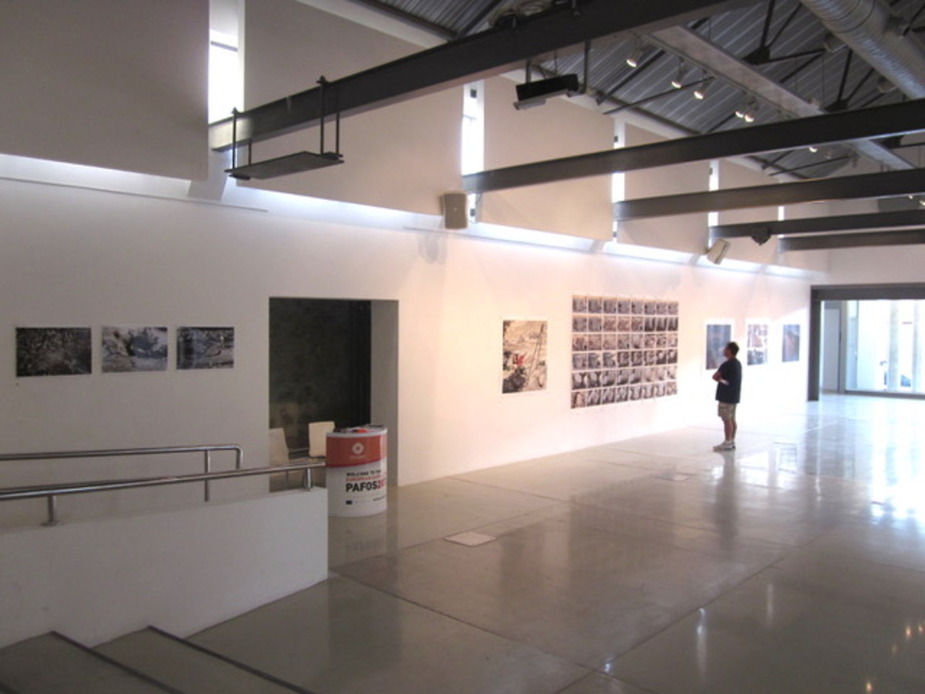
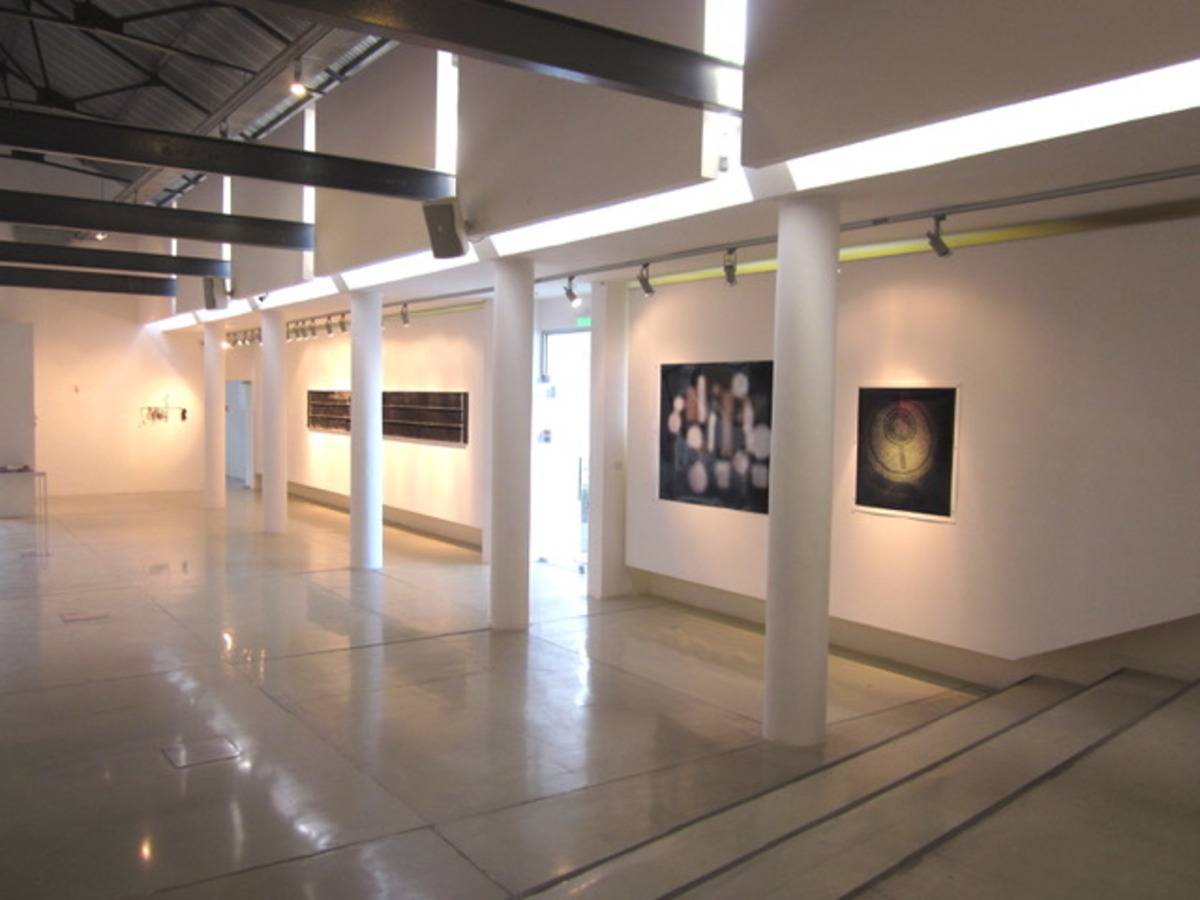
One side of the main hall is the inner world of reflection, the other has more naturalistic representations. The long exposures by moonlight of the ancient theatre by Rowan Conroy made an icon painter almost weep with emotion. I loved Angela Brennan’s brilliantly coloured ceramics and textile, and Penny Harris’s fragile bronzes and was very pleased to have fragments of tapestry (4, “Among the Bones, music” tapestry fragment) derived from theatre frescoes, and my rubbings of the surfaces of the theatre, including inscriptions.
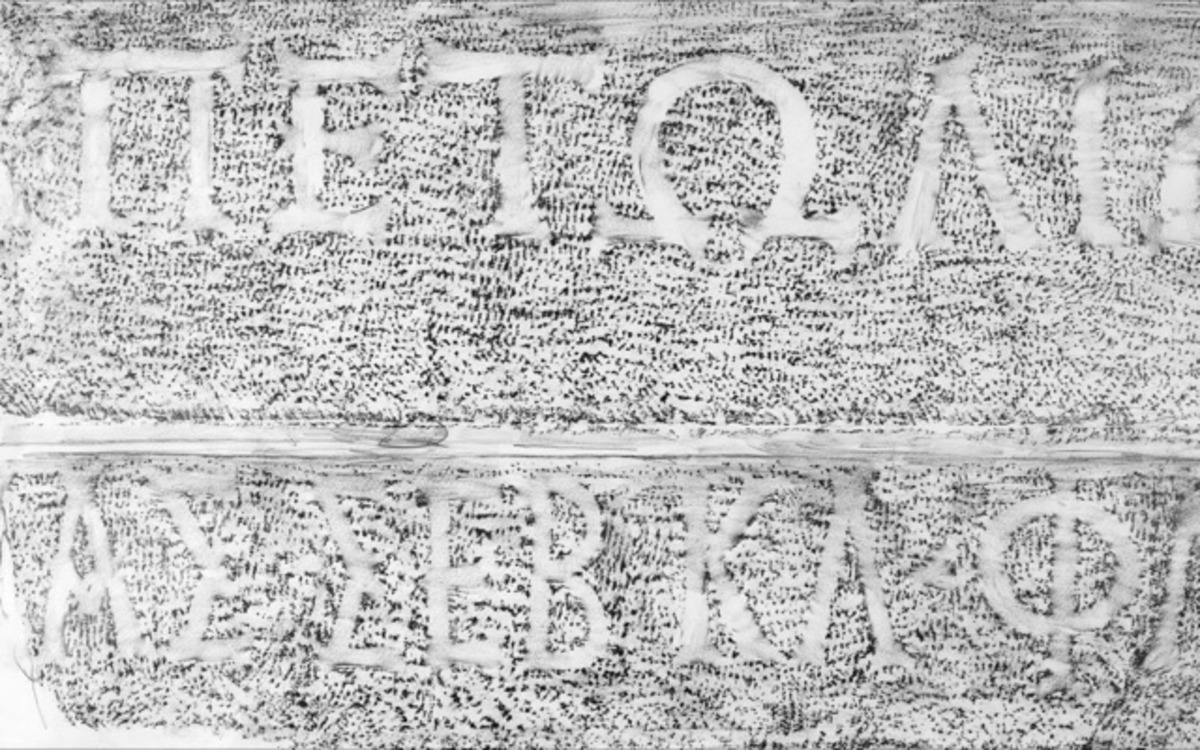
Strange that the very old monument adapts to digital technologies – animation and video – and also to sound. A mysterious composition by Stephen Ingham converted the textures of stone into the voice of the theatre. The artworks are accompanied by archaeology, that documents with meticulous accuracy the traces that remain.
Since my first engagement with the excavation in 1995 I’ve wanted to bring my two disciplines and loves together – art and archaeology – so I stay for hours in the exhibition, always compelled by the shock of the ruin, but also by astonishment at the richness of Jacky Redgate’s haunting blacks and glimmers of light; Lawrence Wallen’s long slash of black charcoal concertina books which seem to indicate the abyss of time (image 8) and by Derek Kreckler’s tilting figures and unstable Corinthian capitals.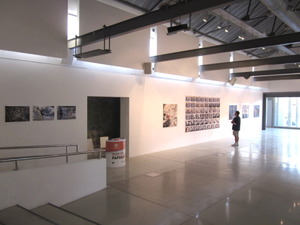
It’s a potent interaction between two kinds of mindfulness, between artists and archaeologists.
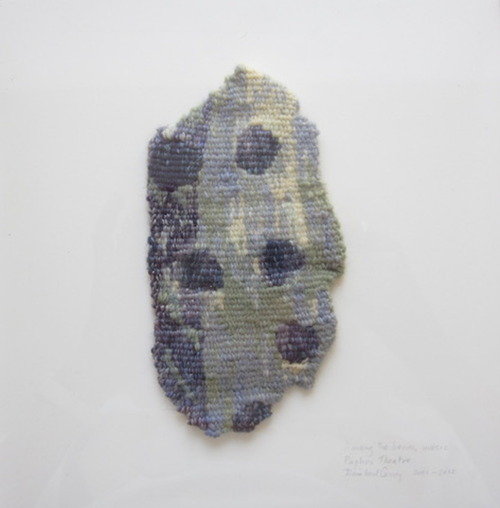
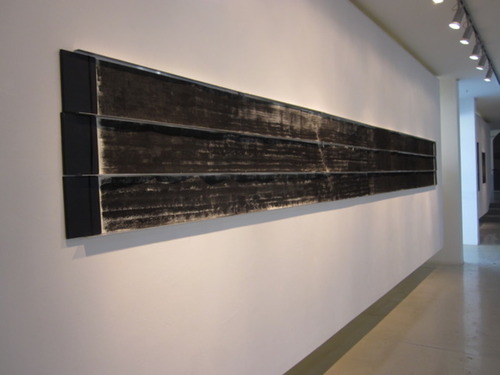
Reader Comments